#Cretaceous
Text


It's time for Fossil Friday! Meet Cryptocleidus oxoniensis, a short-necked plesiosaur. Plesiosaurs were large marine reptiles that lived from the late Triassic to the end of the Cretaceous. The plesiosaurs had extensive modifications to the shoulder and pelvic girdles: these elements form large, flat sheets of bone, presumably for the attachment of swimming muscles. Cryptocleidus' trunk was very rigid and short, and the short tail could only function as a rudder, leaving the limbs as its main organ of propulsion.
Photos: © AMNH
Image 1: Cryptocleidus on display in the Museum.
Image 2: Photographic negative of the fossilized remains of Cryptocleidus, circa 1910.
#science#amnh#museum#fossil#nature#natural history#animals#paleontology#plesiosaur#cretaceous#triassic#cool animals#ancient animals#fossil friday
207 notes
·
View notes
Text




Results from the #paleostream! Today we did pieces inspired by talks give on yesterdays #PaleostreamCon2024
Williamsoniella coronata surviving ashfall, an adult Diplodocus based on preserved scales on a juvenile specimen, Nursallia in Cretaceous Lebanon and Asteriornis nesting in a mosasaur.
#paleoart#sciart#paleostream#palaeoblr#cretaceous#dinosaur#sauropod#jurassic#fish#lebanon#mosasaur#mosasaurus#asteriornis#bird#pynodontiformes#diplodocus
93 notes
·
View notes
Text


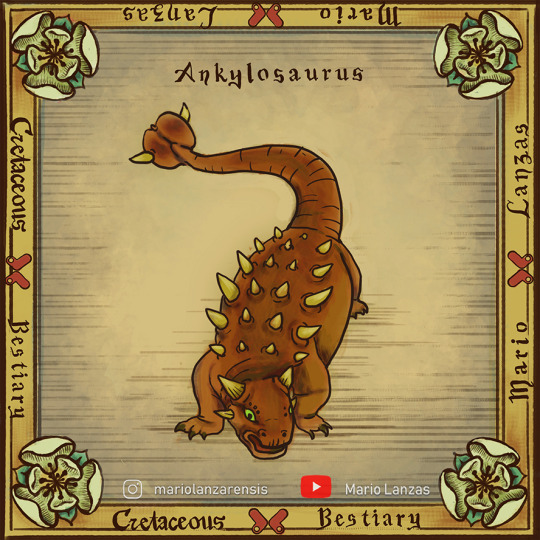

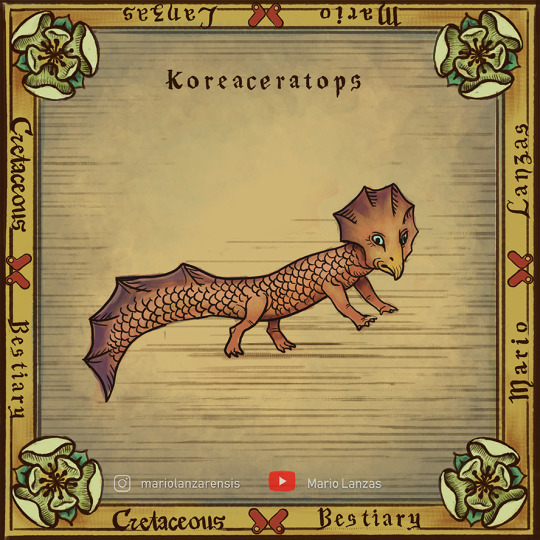

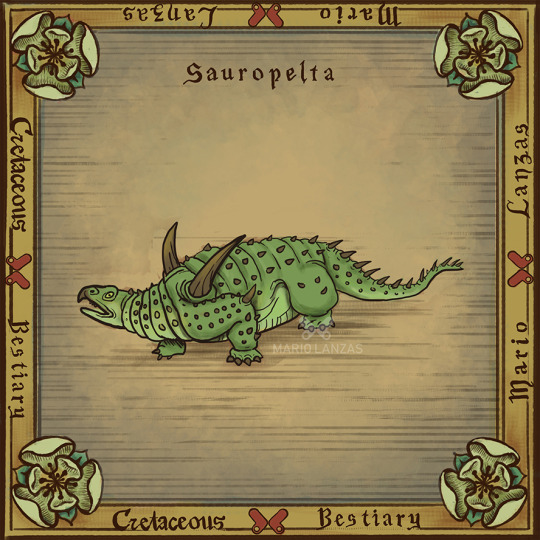



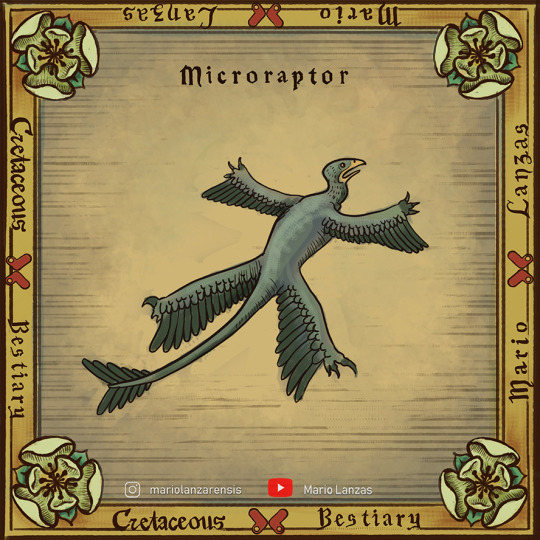
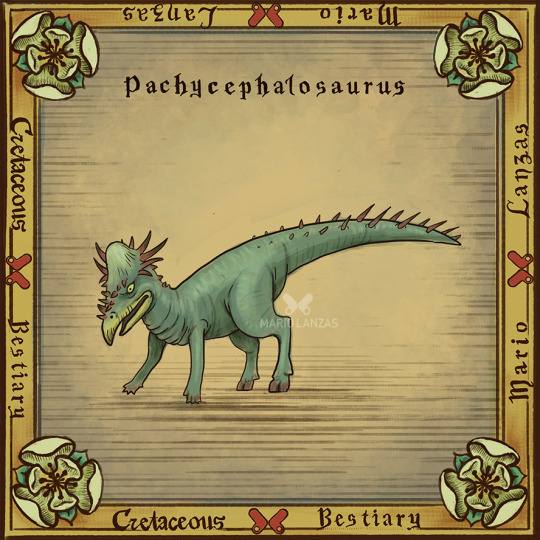


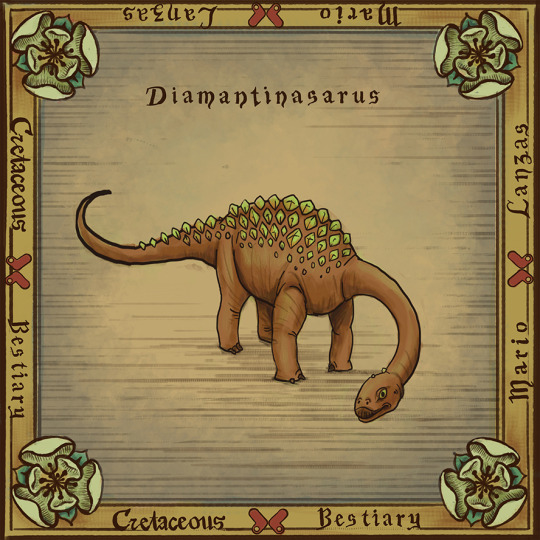

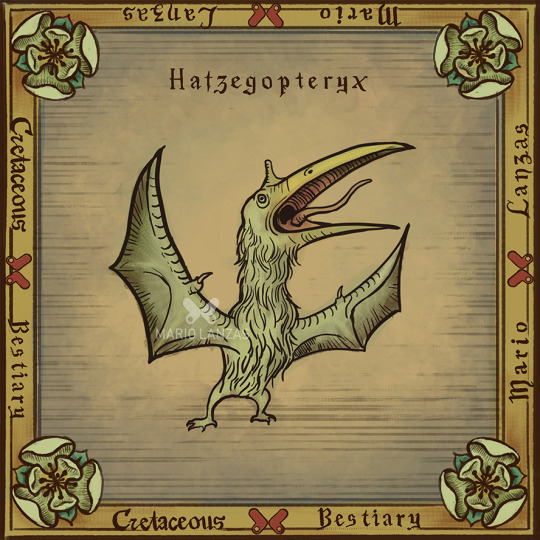

Cretaceous Bestiary.
Dinosaurs and other prehistoric animals of the Cretaceous Period stylized as a medieval Bestiary. some of these are available at Redbubble for prints, t-shirts and more
___
Youtube channel
Instagram
Prints and more paleoart merch
87 notes
·
View notes
Text
Talenkauen

Talenkauen is a basal iguanodont from the Late Cretaceous of Argentina. It was a small bipedal herbivore with teeth in the tip of its beak, unlike more derived iguanodontians. It grew to around 4.5 m in body length, and weighed about 300 kg. Talenkauen had a proportionally long neck, and a small head for which it is named. Shared features with other South American ornithopods suggest that there was a distinct Southern Hemisphere ornithopod group. Talenkauen specimens include the first hatchling ornithopod discovered in the Southern Hemisphere.
46 notes
·
View notes
Photo
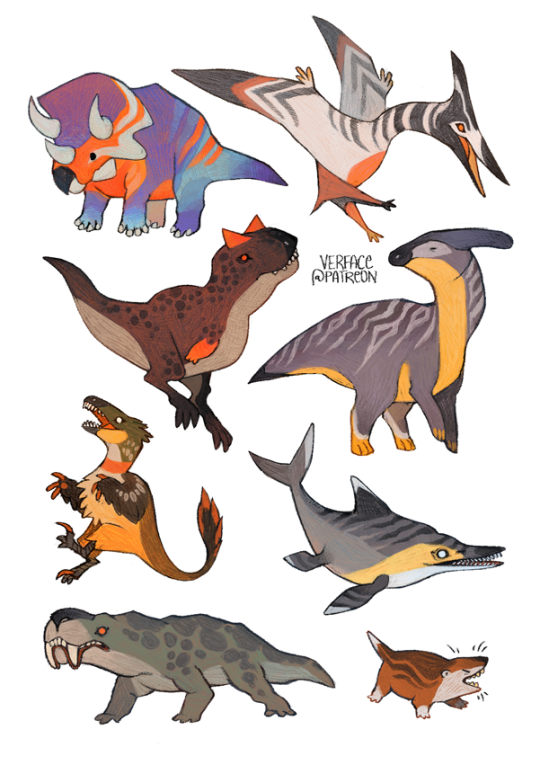
little cretaceous guys + guest appearance of our even older friend the gorgonpsid
(triceratops, pteradon, carnotaurus, parasaurolophus, deinonychus, ichthyosaur, gorgonopsid, repenomamus)
#paleoart#cretaceous#extinct#animal#triceratops#pteradon#carnotaurus#parasaurolophus#deinonychus#ichthyosaur#gorgonopsid#repenomamus
31K notes
·
View notes
Text

whenever i can't picture dinosaurs existing i just humble myself by looking at birds alive today. what the actual fuck is that thing
#just look into the eyes of flamingos and you can see the dinosaur#biology#science#stem#sciblr#paleontology#zoology#fossils#prehistoric#dinosaurs#earth science#geoscience#dinosaur#paleoblr#cretaceous#sauropod#geology#prehistoric animals#birds#birdblr
4K notes
·
View notes
Text

Will it crack?
Morrosaurus, Cretaceous Antarctica
Patreon • Ko-fi • Facebook • Twitter • Prints & Merch
4K notes
·
View notes
Text
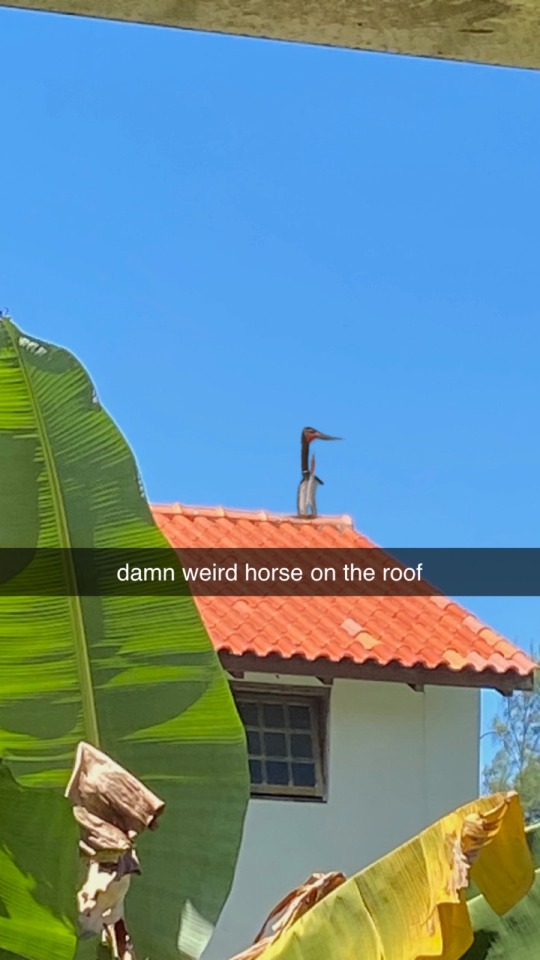
#travel#damn#weird#horse#weird horse#on da roof#roof#Brazil#vacation#it’s a warm summer day#lol#argentinadraco#pterosaur#cretaceous#Mesozoic#cretaceous period#argentina#paleoart#paleontology#azhadarchid
1K notes
·
View notes
Text



A good boi.
5K notes
·
View notes
Text
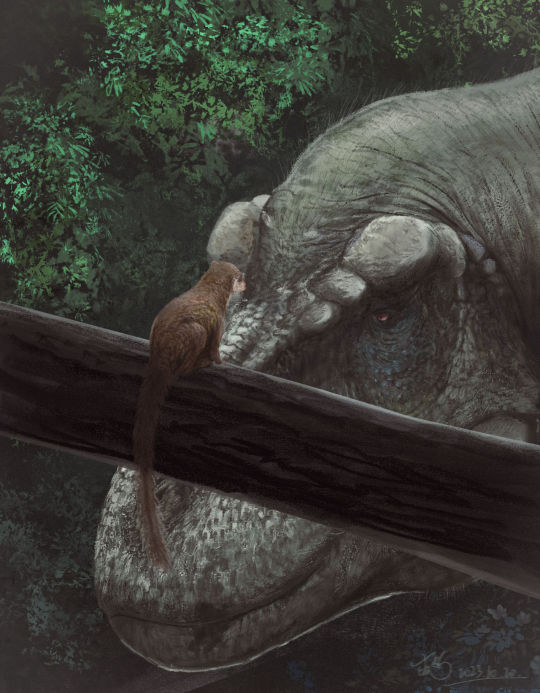
Purgatorius and Tyrannosaurus by Bush Viper 165.
2K notes
·
View notes
Text
Dinosaur with most grotesquely deep jaw proportion to its own head (not mention a huge head compared to rest body)
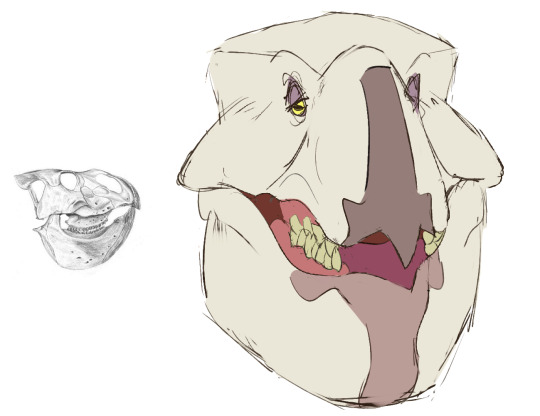

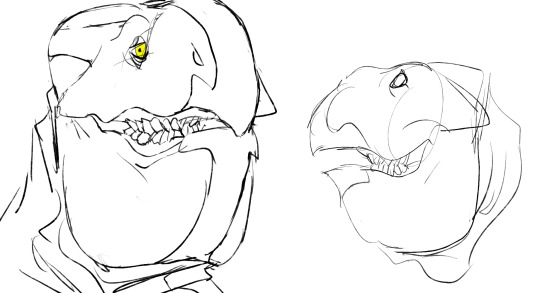

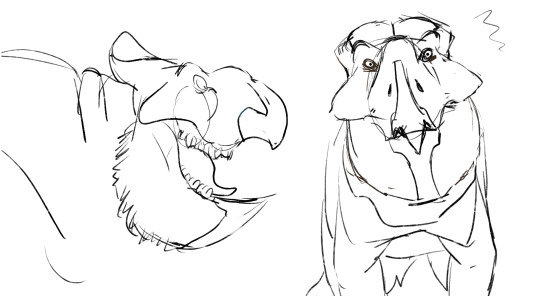
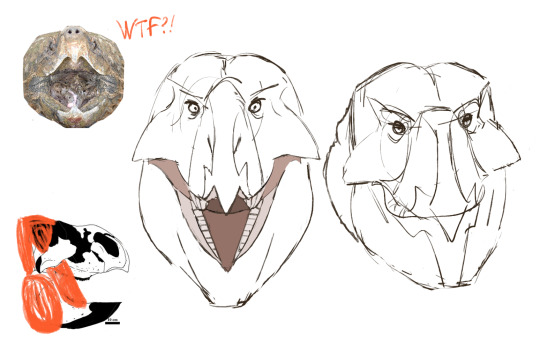
Only after a while I realized that barrel ones look like snapping turtles (Chelydridae). Very shape dudes, and they aren't related to Protoceratops.
#udanoceratops#leptoceratopsidae#ceratopsian#cretaceous#paleoart#prehistoric#paleontology#cartoon#gigachad
1K notes
·
View notes
Text

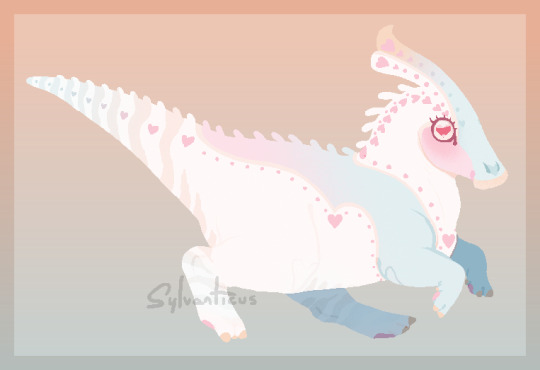
💗🪷
a Hadrosaur who had a long nap under the camellias
and a bonus on my base :]
#art#khyrosart#artists on tumblr#dinosaur#paleo art#dino#paleoart#hadrosaur#extinct#Camellia#flowers#pink#blue#hearts#paleoblr#extinct animals#Cretaceous#tlatolophus
762 notes
·
View notes
Text
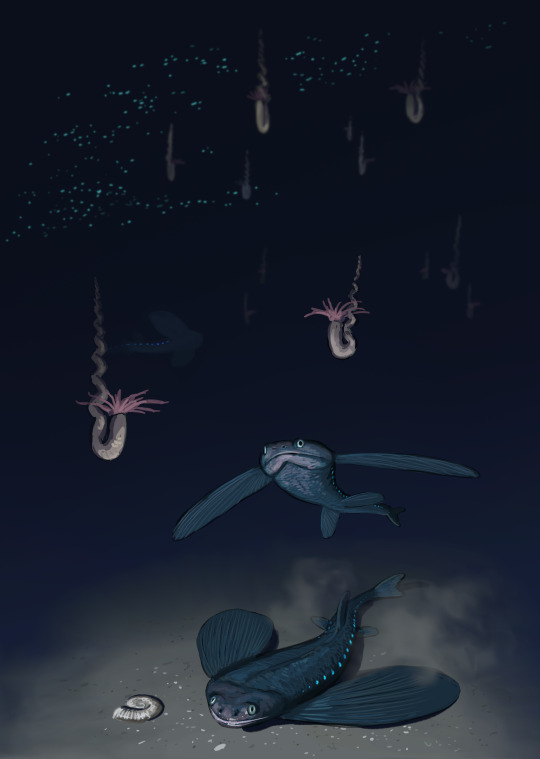
We know little about the deep sea environments of the Mesozoic but one place where we can get a glimpse into this world is the Münsterland basin. We have here several localities that preserved shallow and deep water animals side by side, caused by underwater landslides. These carried stuff from the rim of the basin and buried them in the deep with other material that was down there.
Tachynectes here is a very early lanternfish. Flattened lanternfishes are no longer a thing these days and we actually have lanternfishes from these localities that show their photophores preserved. We know where they glowed!
4K notes
·
View notes
Text

[ The skull is mounted on a custom steel armature, which allows for it to be seen all the way around. ]
"After seven years of work, the best preserved and most complete triceratops skull coming from Canada — also known as the "Calli" specimen — is on display for the first time since being found in 2014 at the Royal Tyrrell Museum in Drumheller, Alta.
A museum news release calls the specimen "unique" because of where it was discovered, the age of the rock around it, and how well it was preserved.
Following the floods that tore through Alberta about 10 years ago, the Royal Tyrrell staff were engaged in flood mitigation paleontology work when the triceratops skull was discovered in 2014.
Triceratops fossils are rare in Canada. This skull was found in the foothills of southwestern Alberta — an area where dinosaur fossils in general are uncommon — and nicknamed "Calli" after Callum Creek, the stream where it was discovered.
Transported via helicopter in giant, heavy chunks, the skull and most of the jaw pieces were extracted over the course of a month in 2015. The rest of the triceratops' skeleton was not found.
Roaming the earth roughly 68 to 69 million years ago, the museum says this skull was buried in stages, evident by the fossilization process.
"Paleontologists know this because the specimen was found in different rock layers, and the poorly preserved horn tips suggest they were exposed to additional weathering and erosion," reads a museum blog about the triceratops skull.
"The rest of the skeleton likely washed away," noting that the lower jaws were found downstream.
From 2016 to 2023, Royal Tyrrell technician Ian Macdonald spent over 6,500 hours preparing this fossil, removing over 815 kilograms of rock that encased the skull. This triceratops skull is the largest skull ever prepared at the museum and its third largest on display."
Read more: "Canada's biggest and best triceratops skull on display in Alberta" by Lily Dupuis.
#palaeoblr#Palaeontology#Paleontology#Dinosaur#Triceratops#Fossil#Cretaceous#Mesozoic#Ceratopsian#Extinct#Prehistoric#Photo#Article#Information#Museum#Royal Tyrrell Museum
2K notes
·
View notes
Text

maybe in another life, we could have been friends
#based on a twitter post i made contemplating the idea of tyrannosaurus and triceratops briefly tolerating eachother#paleo#paleoart#cretaceous#rorys art#tyrannosaurus rex#triceratops horridus#dinosaurs#paleontology
939 notes
·
View notes
Text
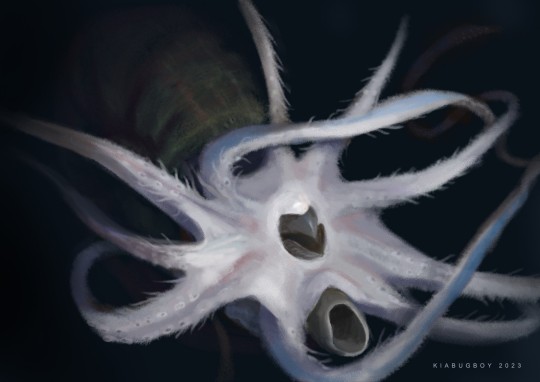

POV: you went scuba diving in the Cretaceous and bumped into a now-angry 2.5 meter Parapusozia
photo credit: Cyril Langlois
Fossil exhibit at Munster museum of paleontology
#parapusozia#ammonite#paleoart#palaeoblr#cretaceous#Paleo art#illustration#digital art#cephalopod#aptychus
1K notes
·
View notes